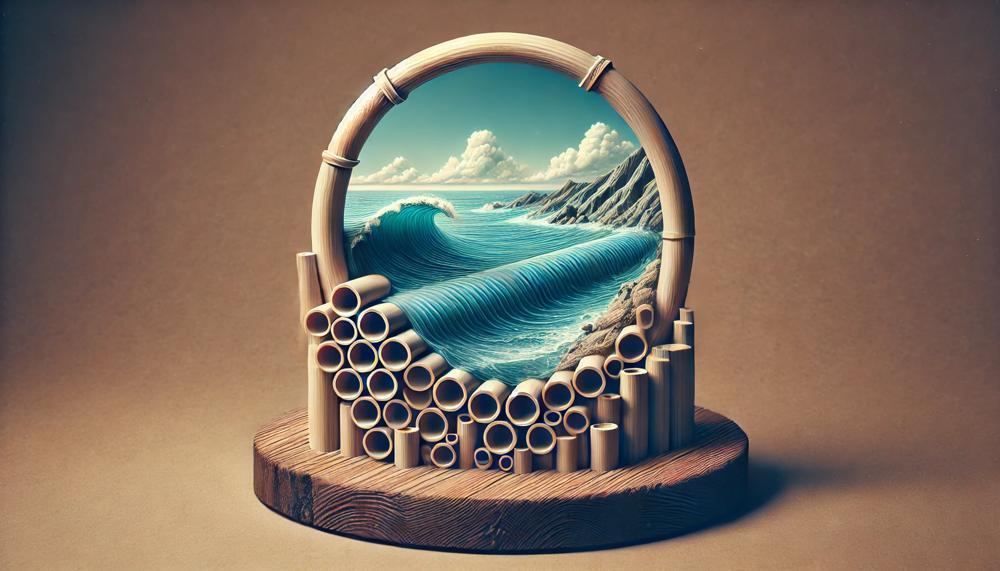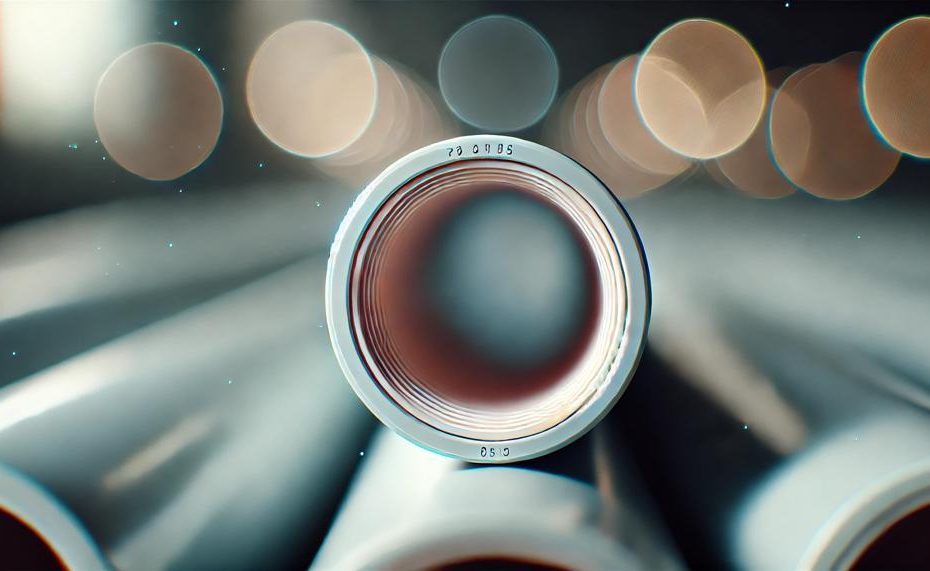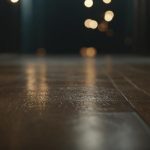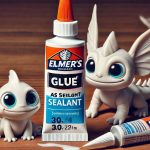Ever wondered if you can skip the primer when working with PVC pipes? You’re not alone. Many DIY enthusiasts and even some professionals ponder this question.
While traditional methods insist on using primer for the best results, there’s a growing trend of gluing PVC pipes without it. Is it effective? Absolutely, but it requires the right approach and materials.
Here’s what you’ll discover in this guide:
- PVC Cement Basics: Understanding the adhesive that makes this possible.
- Pros and Cons: Weighing the benefits against the potential downsides.
- Specialized No-Primer Glues: Exploring products designed for this purpose.
- DIY Tips: Practical advice for achieving a strong bond without primer.
Diving into this alternative method, we’ll help you decide if it’s right for your project. Whether you’re a seasoned pro or a DIY newbie, this guide will give you the insights needed for a successful, primer-free PVC pipe installation. Ready to learn more?
Let’s get started.
Table of Contents
Steps to Glue PVC Pipes Without Primer
Clean the Pipe and Fitting
- Thoroughly clean both the pipe and fitting to remove any dirt, dust, or debris.
- Ensure that both surfaces are dry and free of oil or grease.
Select High-Quality PVC Adhesive
- Use a PVC cement specifically formulated for use without a primer.
- This type of adhesive is designed to bond without the need for a priming agent.
Apply the Adhesive
- Spread a thin, even layer of PVC adhesive on the outside of the pipe and the inside of the fitting.
- Be generous but avoid over-application to prevent excess glue from oozing out.
Join the Pipe and Fitting
- Quickly insert the pipe into the fitting.
- Twist the pipe slightly as you insert it to ensure even distribution of the adhesive.
- Hold the joint firmly for a few seconds to allow the adhesive to start setting.
Wipe Away Excess Glue
- Immediately wipe away any excess adhesive from around the joint.
- Use a clean, dry cloth to avoid smearing the glue on other surfaces.
Allow to Cure
- Let the adhesive cure according to the manufacturer’s instructions, usually about 24 hours.
- Do not subject the joint to any pressure during this curing period to ensure a strong bond.
Tips for Effectively Gluing PVC Pipes Without Using Primer
When gluing PVC pipes without using primer, it’s essential to ensure a solid and durable bond. Here are some critical tips to achieve the best results:
Thoroughly Clean the Surfaces
- Use a solvent or cleaner to remove all dirt, grease, and debris from the pipe surfaces. This step is crucial to ensure the adhesive can bond properly.
Prepare the Pipe Ends
- Cut the PVC pipe with a PVC cutter to ensure clean, straight edges. Sand the cut edges lightly with sandpaper to smooth any roughness.
Apply PVC Cement
- Use a high-quality PVC cement specifically designed for no-primer applications. Use a PVC brush to apply the cement evenly to both the inside of the fitting and the outside of the pipe. Make sure to cover the entire surface area to ensure a robust bond.
Inserting and Aligning the Pipe
- Insert the pipe into the fitting while the cement is still wet. Twist the pipe a quarter turn to distribute the cement evenly and align the pieces correctly. Hold them together for a few seconds to ensure they bond properly.
Allow Adequate Curing Time

- Let the joint cure for at least one hour before handling it. For best results, wait 24 hours before applying any pressure or using the pipe.
Consider Environmental Factors
- Avoid working in extreme temperatures as they can affect the curing process and the strength of the bond. Follow manufacturer recommendations regarding temperature ranges for optimal results.
Safety Precautions
- Wear gloves and safety glasses to protect yourself from the chemicals in the PVC cement. Ensure proper ventilation if working indoors.
Advantages and Disadvantages
| Advantages | Disadvantages |
| Saves time and money | Bond may not be as strong as with primer |
| Quicker installation process | Potential for leaks or joint failure over time |
| Reduces material costs | Not suitable for high-pressure applications |
Things You’ll Need
To glue PVC pipe successfully without using primer, you’ll need several key items and supplies.
- PVC Cement: This is the most crucial component. It’s specially formulated for PVC, ensuring a secure bond.
- Epoxy Resin Kit: While not always necessary, having an epoxy resin kit as an alternative can be beneficial, particularly for stronger bonds.
- Clean Cloth or Rag: Cleanliness is key. Dirt and debris can weaken the bond, so make sure the surfaces are spotless.
- Mixing Cup and Stir Stick: These are essential if you’re using epoxy resin. Proper mixing is crucial for the adhesive to work effectively.
- Gloves: Always wear gloves to protect your skin from the adhesive and any chemicals.
- Fine Sandpaper: Lightly sanding the surfaces where the glue will be applied can help the adhesive bond more effectively.
- Clamps or Pipe Holders: Keeping the pipes in place while the adhesive cures ensures a stronger, more reliable bond.
Conclusion
Gluing PVC pipes without primer might seem unconventional, but with the right techniques, it can yield reliable results. This method hinges on meticulous preparation and high-quality adhesive. Start by thoroughly cleaning the pipe and fitting, ensuring they’re free from dust, oil, or debris. Opt for a specialized PVC cement designed for primer-less application, which ensures a robust bond.
Apply a generous, even layer of the adhesive on both surfaces. Quickly join the pieces, twisting slightly to distribute the cement uniformly, and hold them together for a few seconds to set. Wipe away any excess glue immediately to keep the joint neat. Allow the bond to cure as per the manufacturer’s instructions, usually around 24 hours, avoiding any pressure during this period.
This approach saves time and materials while delivering a strong connection. However, be mindful of potential drawbacks, such as a slightly weaker bond compared to primed joints. Use this method for low-pressure applications and always follow safety precautions like working in a ventilated area and wearing protective gear.






